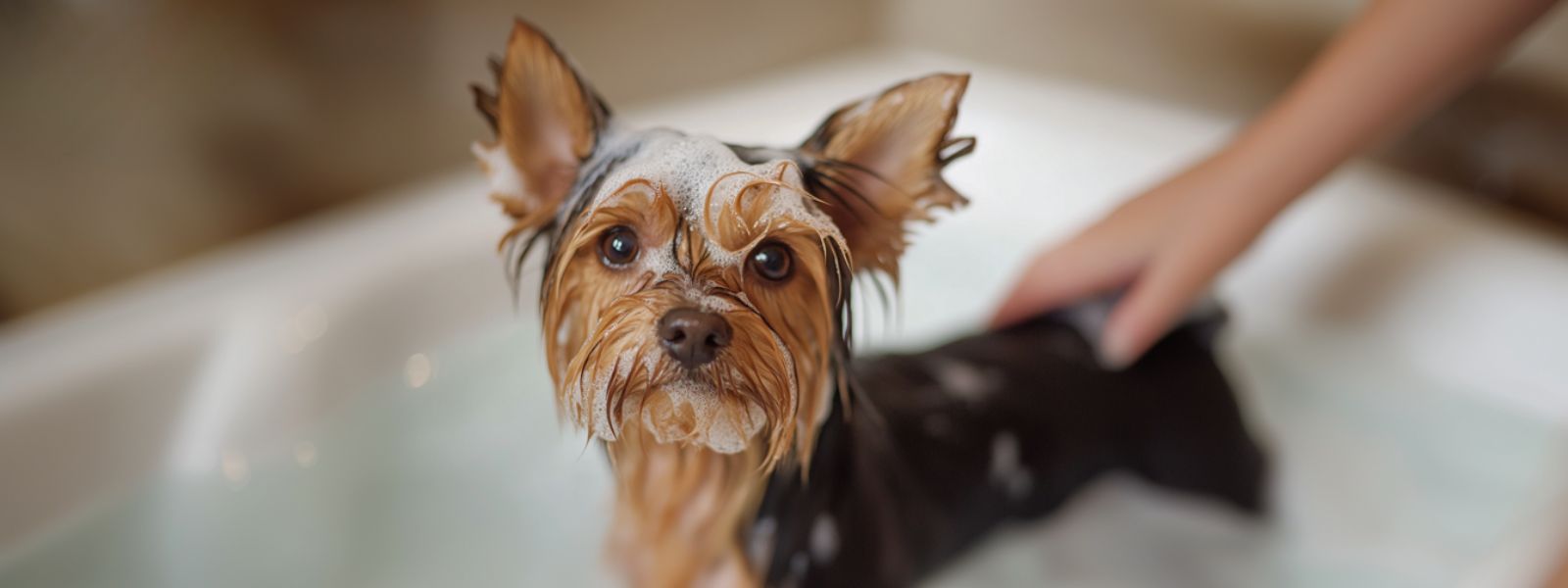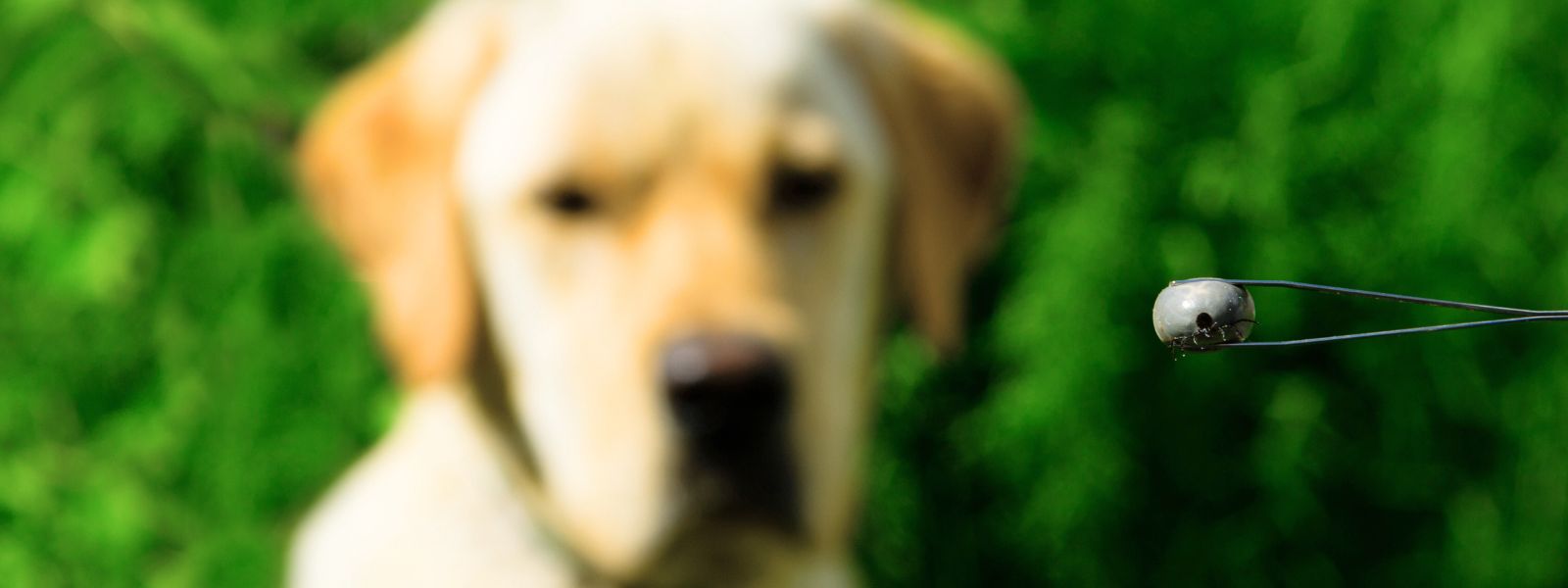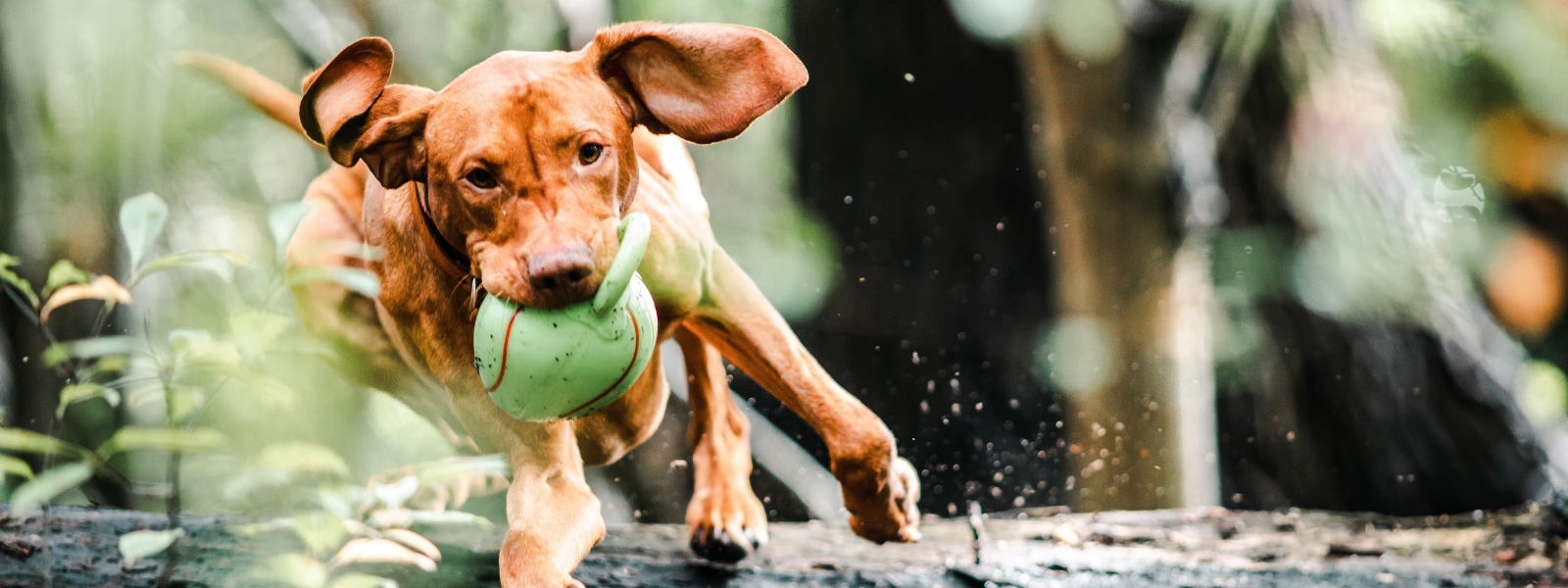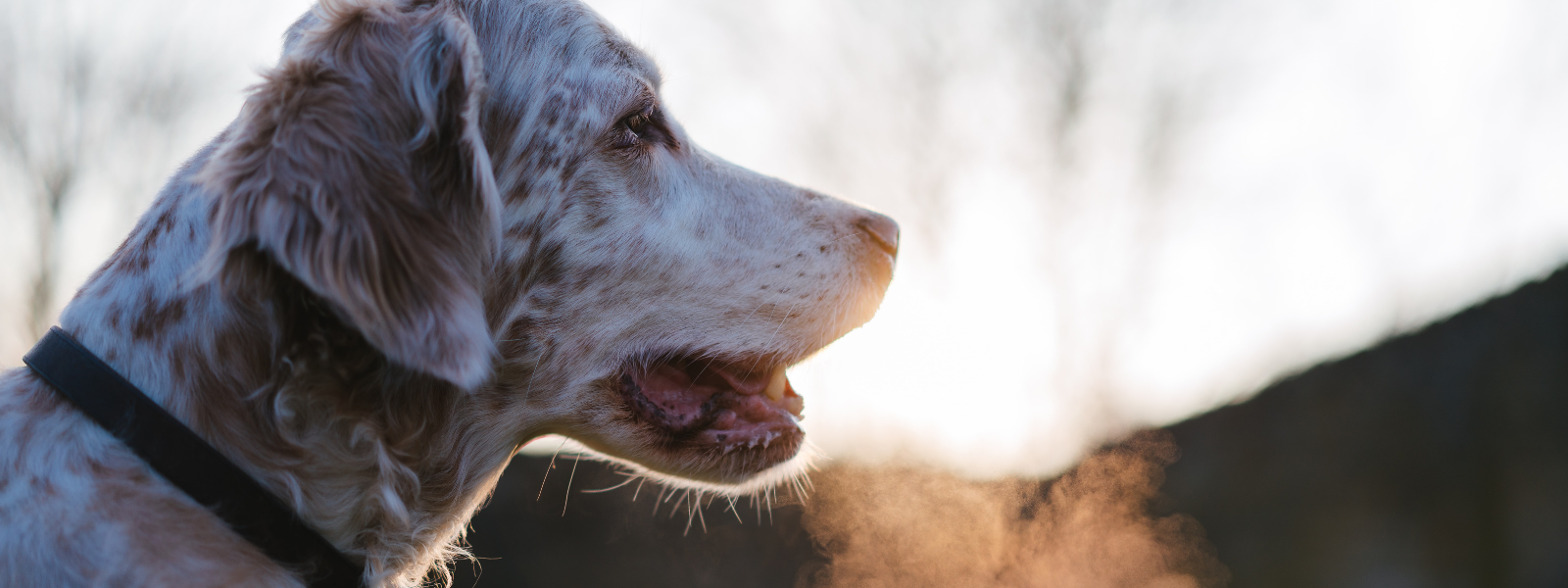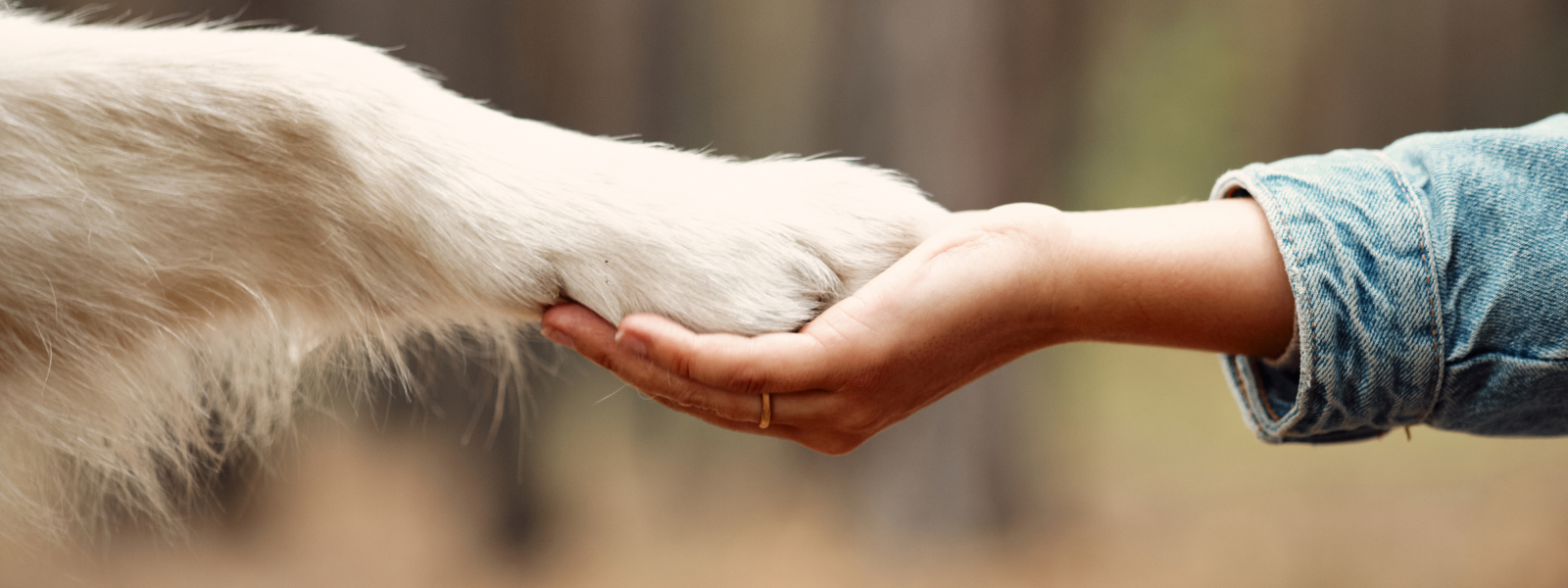
How to Improve Dental Health in Dogs
Did you know that over 80% of dogs show signs of dental disease by the age of three? Just like other parts of the body, the mouth and teeth are affected by age and general wear and tear. Factors such as anatomy, the immune system, nutrition, brushing, genetic disposition and accidents can all affect oral and dental health in different ways.

